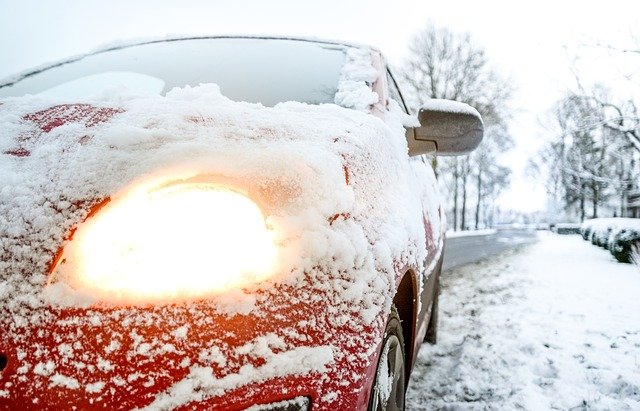Getting Ready For Winter Driving

Traveling in winter weather conditions requires extra caution and preparedness on the driver’s part to reduce the risk of an accident. Though road conditions are out of the driver’s control, there are several steps a person can take to make road travel safer during the winter. Proper vehicle maintenance, regular tire inspections, an emergency kit, and cautious driving are all actions an individual can take to avoid injury.
Getting a Tune-Up
Safe winter driving starts before a trip begins. Proper vehicle maintenance, such as getting regularly scheduled oil changes, checking fluid levels, and ensuring that all electrical components are in working order, helps to prevent roadside breakdowns during winter weather conditions. Additionally, replacing windshield wipers with more durable winter versions can help drivers see more clearly during winter storms.
Ensuring Tires Are in Good Condition
Safe and well-maintained tires are a vital component of avoiding winter car crashes. Tires should have adequate, even tread that is at least 2/32 of an inch to operate safely on slick roads. Inflation pressure should be regularly checked to ensure it matches manufacturer recommendations. Recommended tire pressure can be found on the inner panel of the driver’s side door on most vehicles. Finally, before taking to the road, tires should be properly inspected for cuts, bulges, bumps, or cracks.
Preparing an Emergency Kit
If a traveler is stranded during a winter storm, a well-prepared emergency kit is a vital tool. Emergency kits should include reflectors (in case of roadside maintenance), jumper cables, and flashlights. In addition, nonperishable snacks and water bottles, blankets, and extra gloves can help to keep travelers warm and nourished. An ice scraper and snow duster can help to keep windows clear of debris. Abrasive materials, like kitty litter, can help provide traction in the event a vehicle becomes stuck in the snow.
Driving With Caution
Drivers should practice extra caution when traveling during winter conditions to reduce the risk of becoming injured in an accident. It’s best to avoid nonessential travel when road conditions are harsh. If travel is necessary, slower speeds and maximized distance between vehicles can help prevent a crash. Drivers should leave ample distance when following a snowplow. If a vehicle begins to slide on ice, it is best for a driver to remain calm, remove his or her foot from the gas pedal, and avoid overcorrecting.
